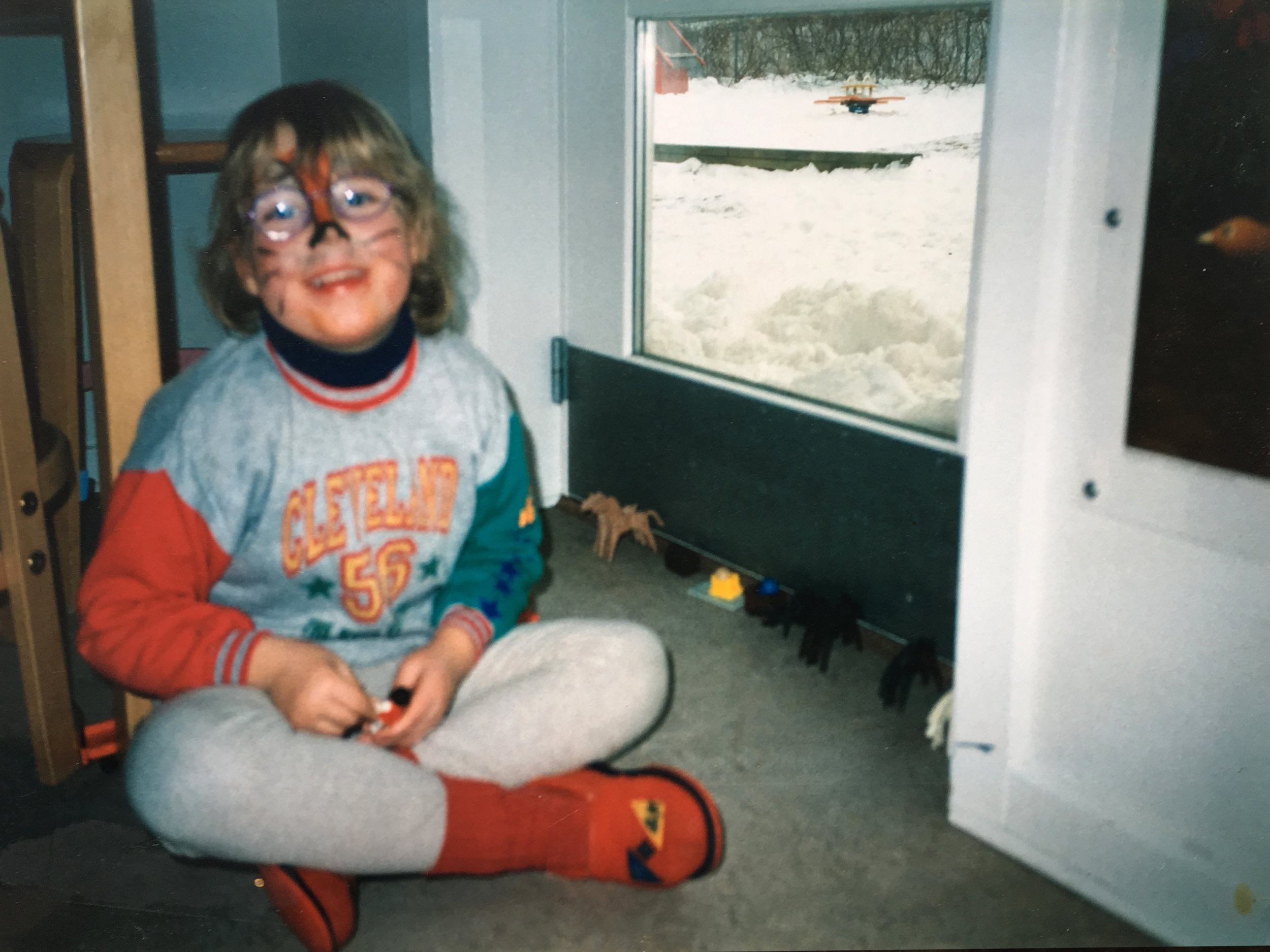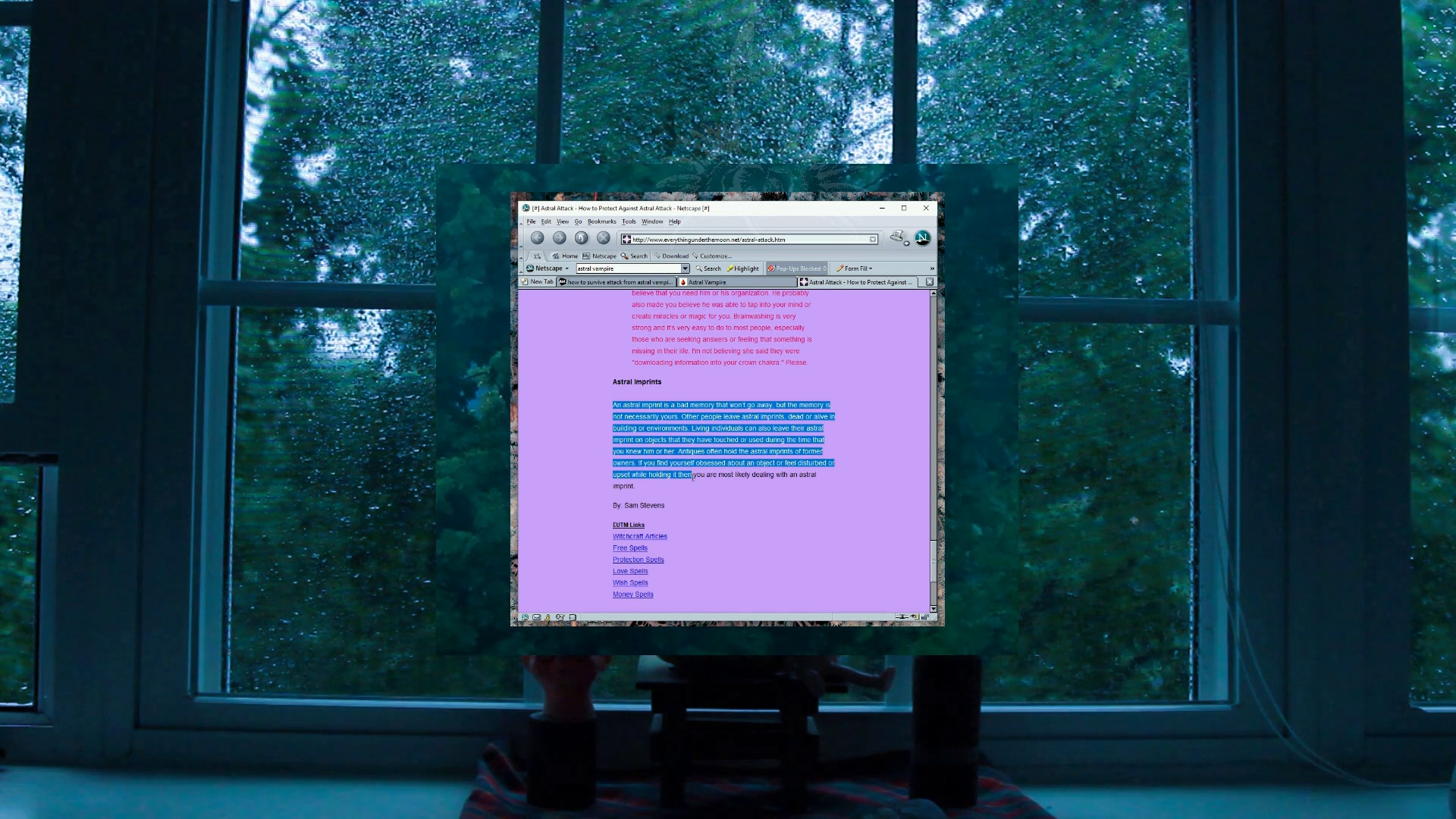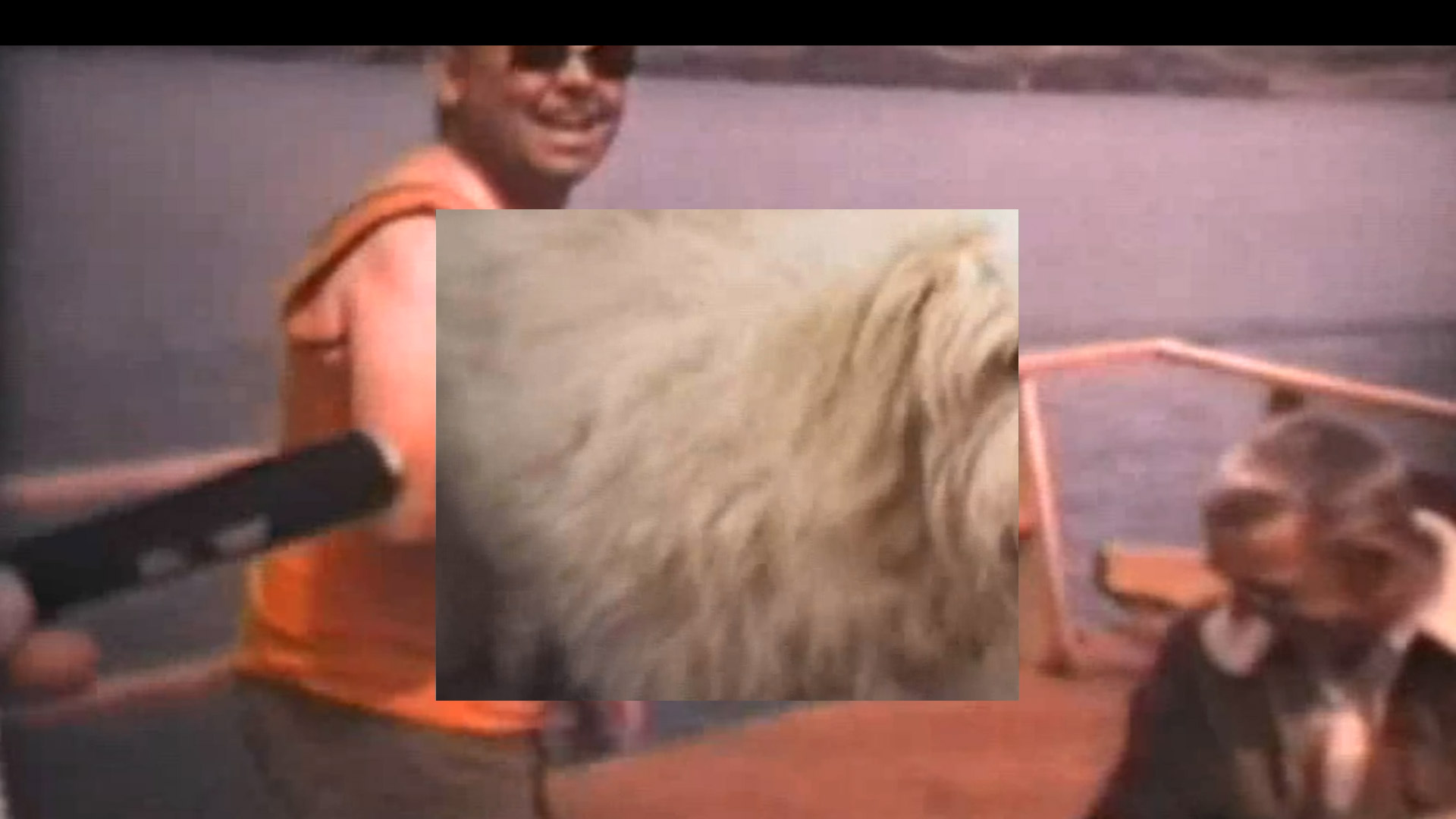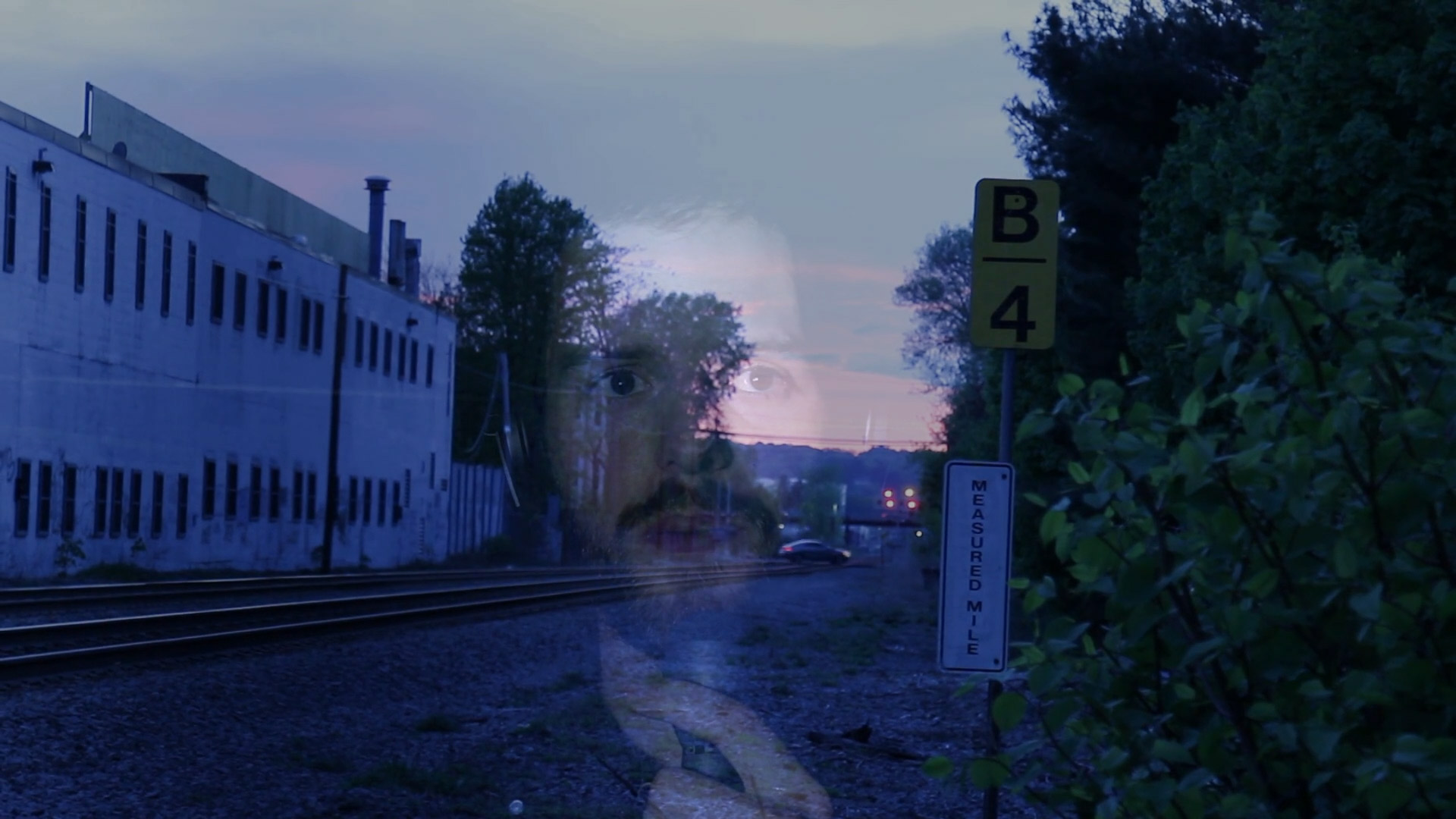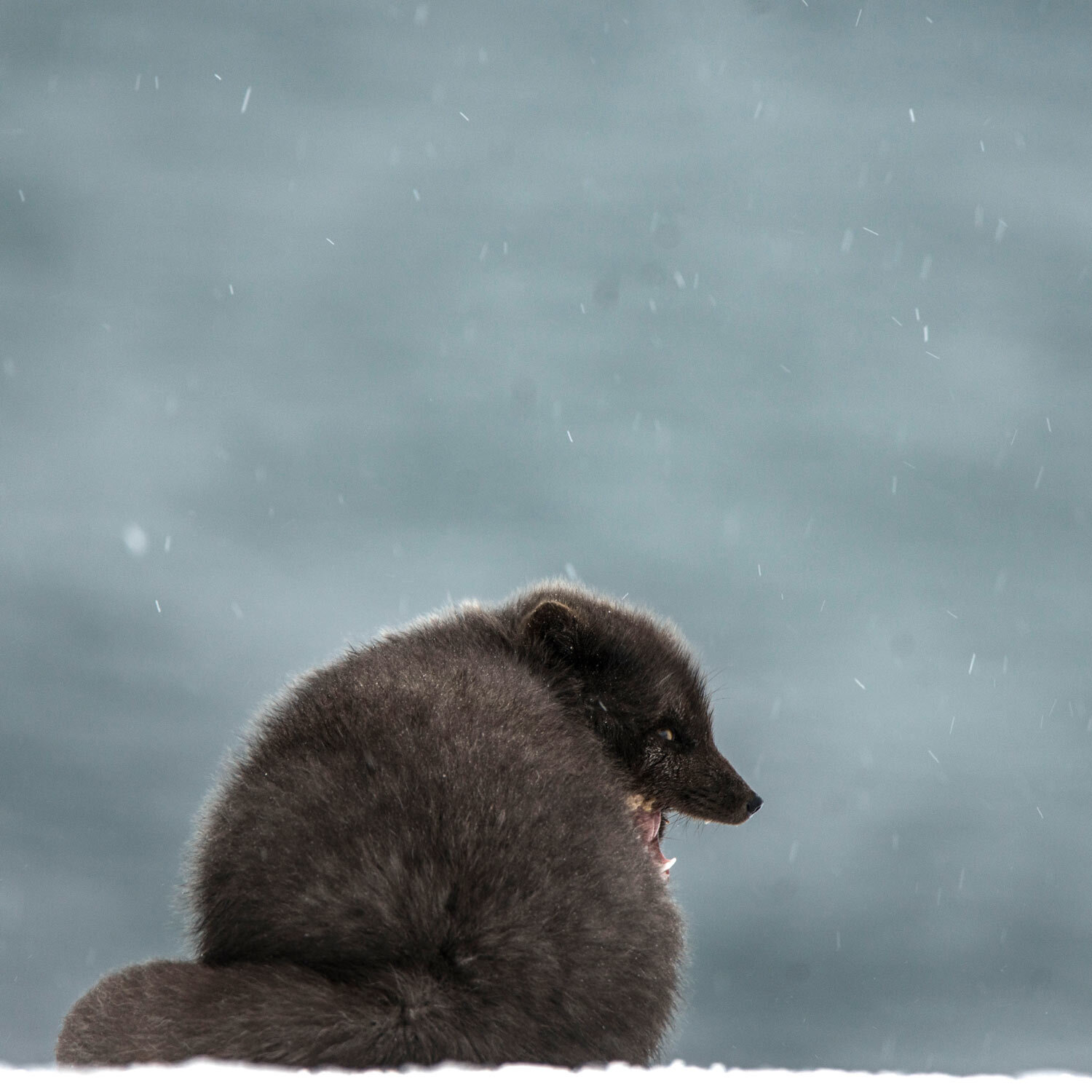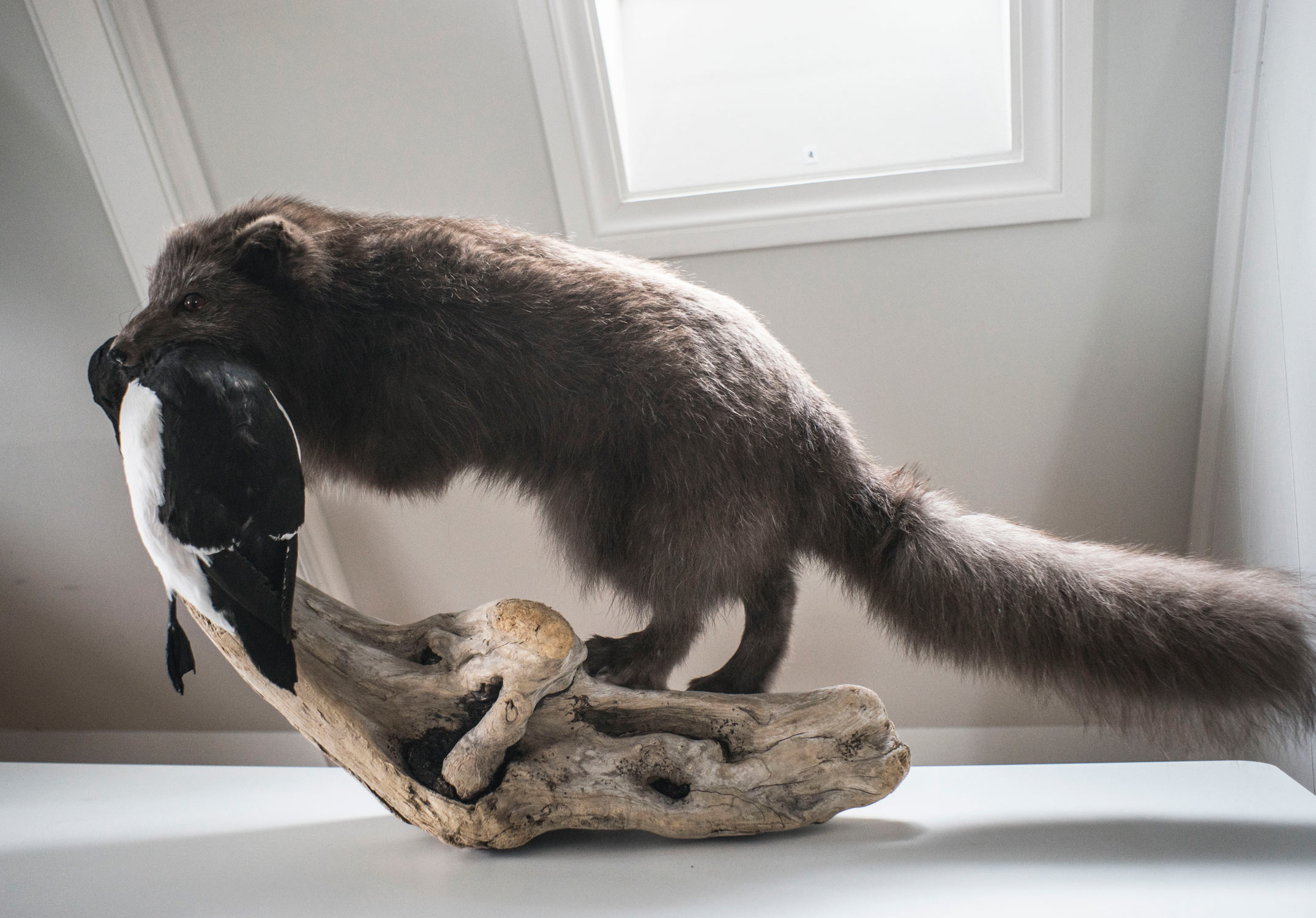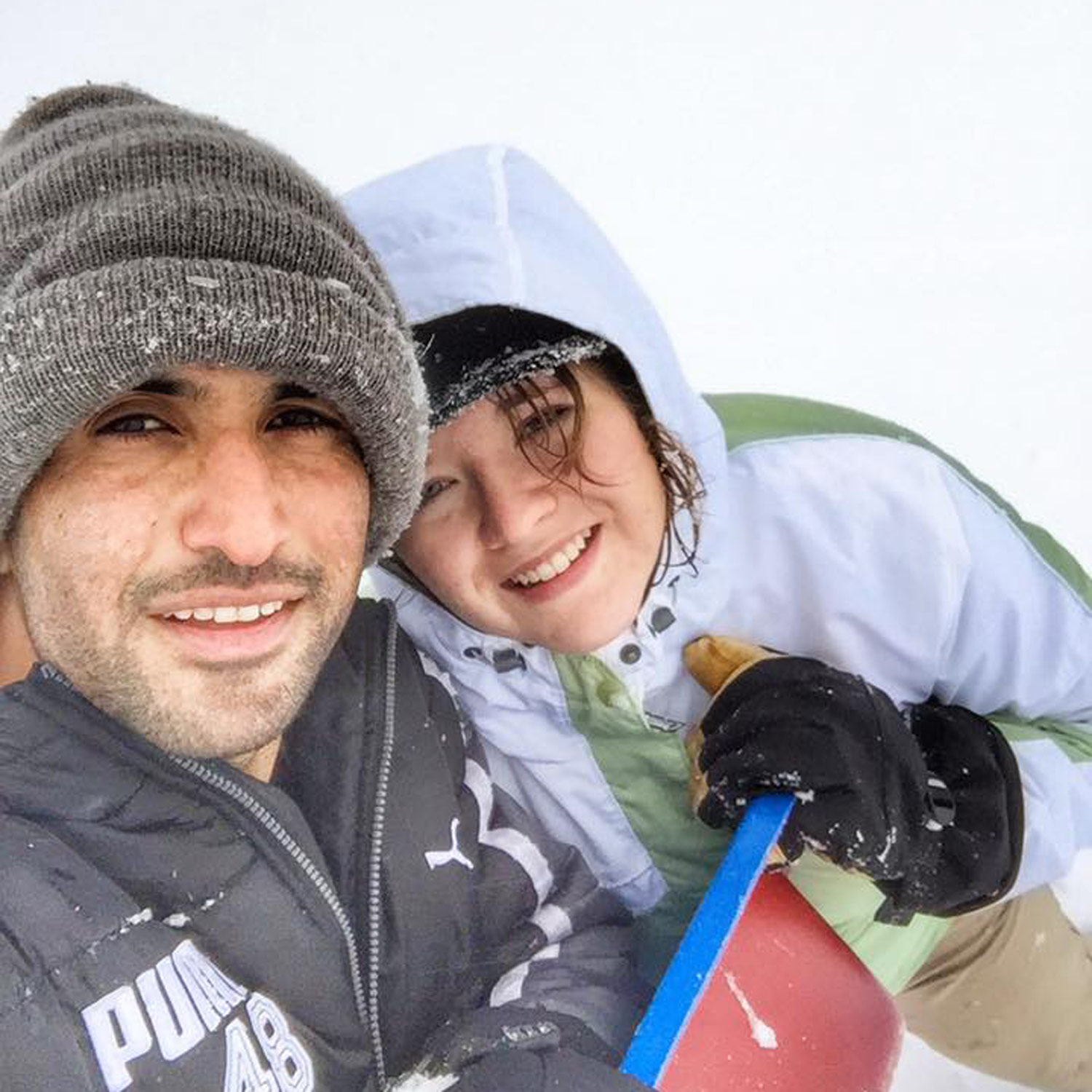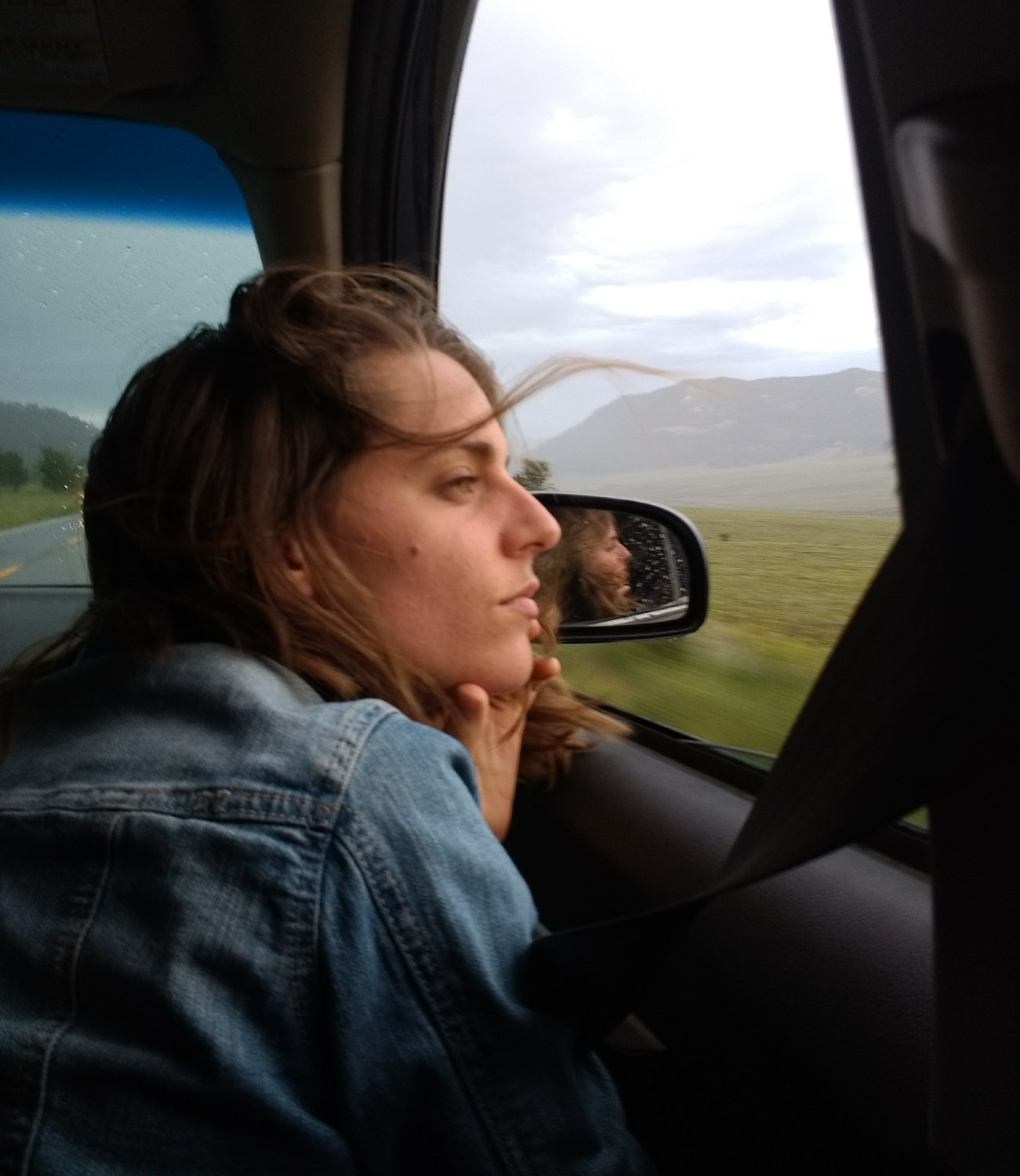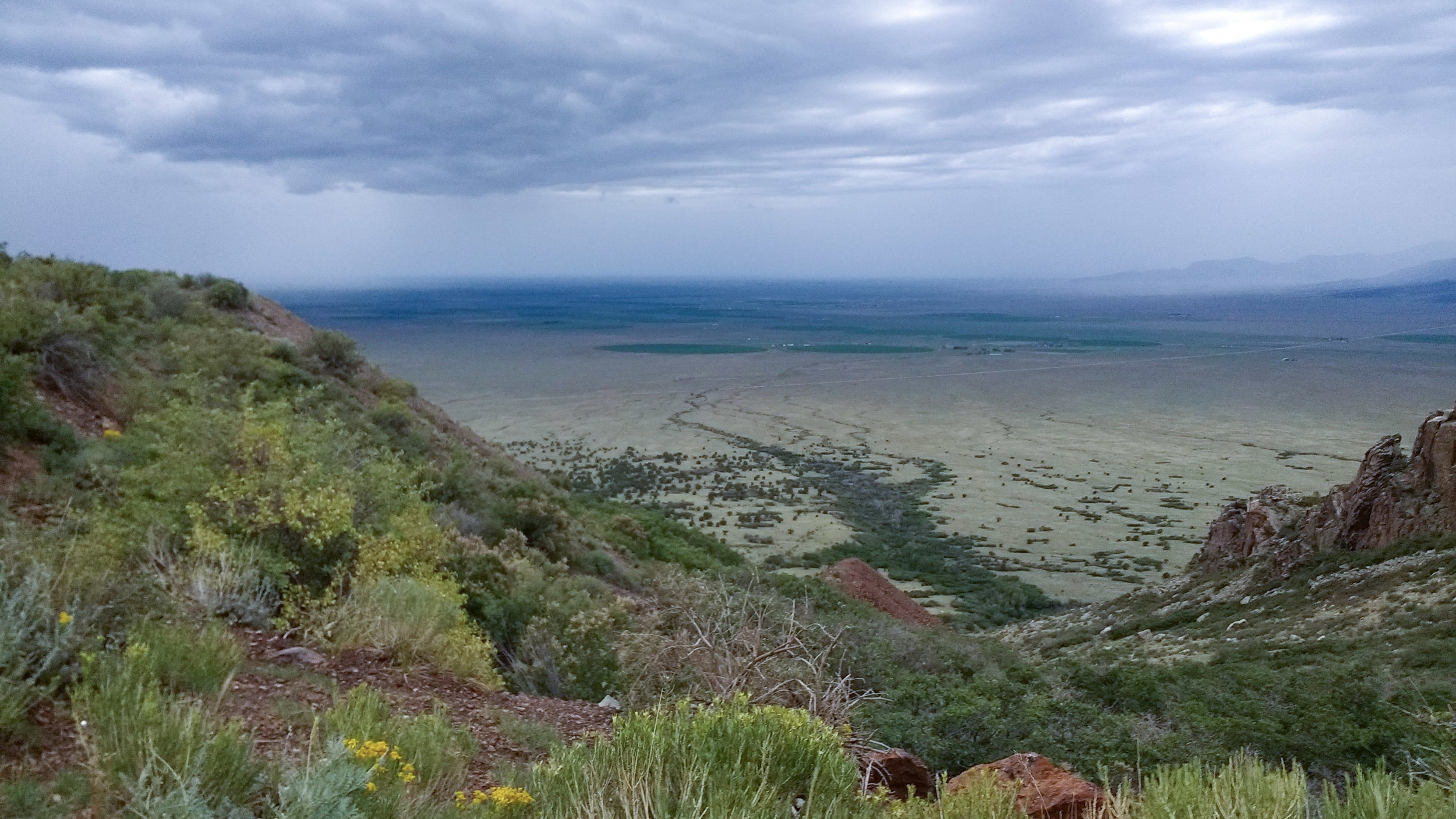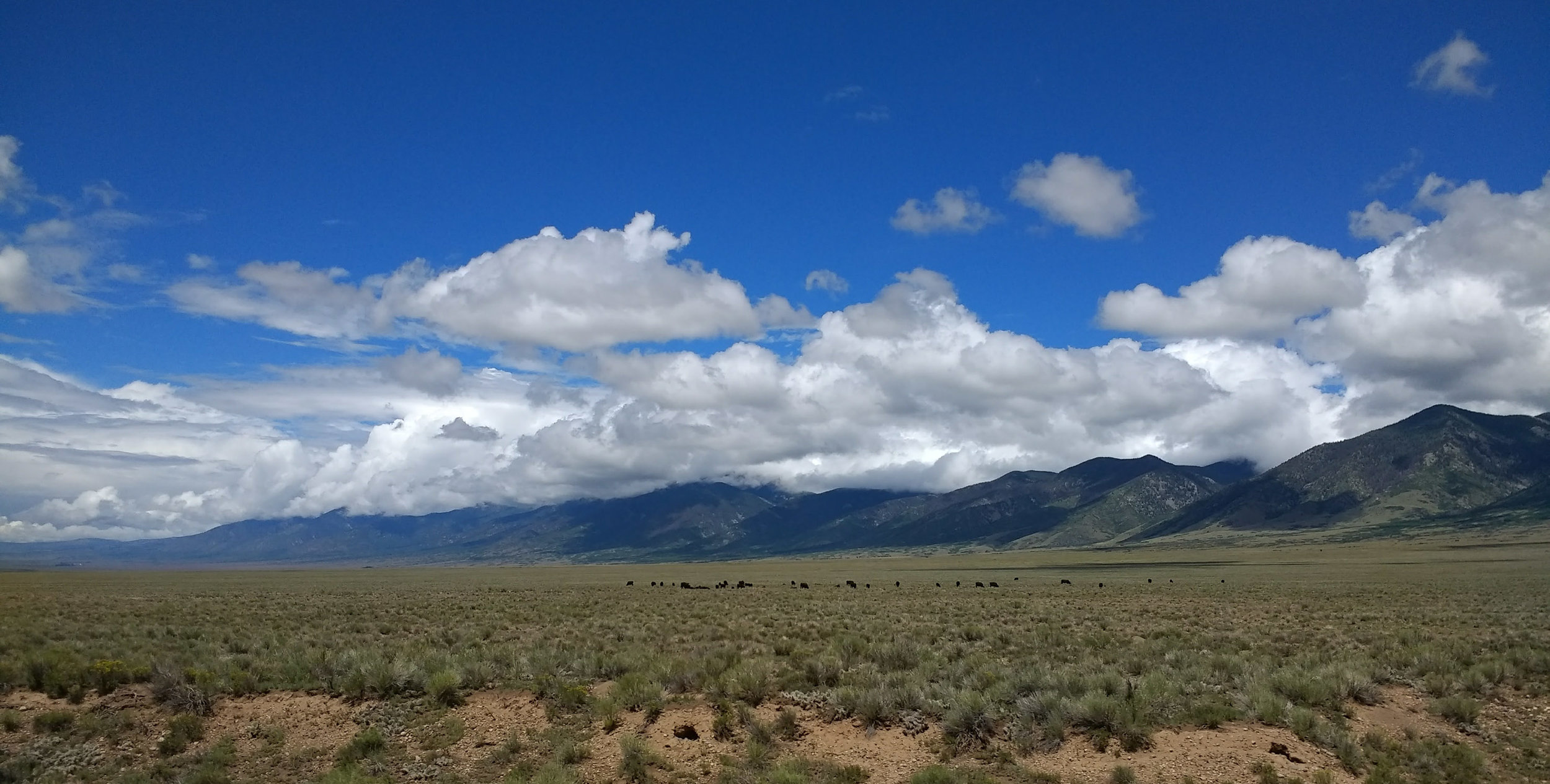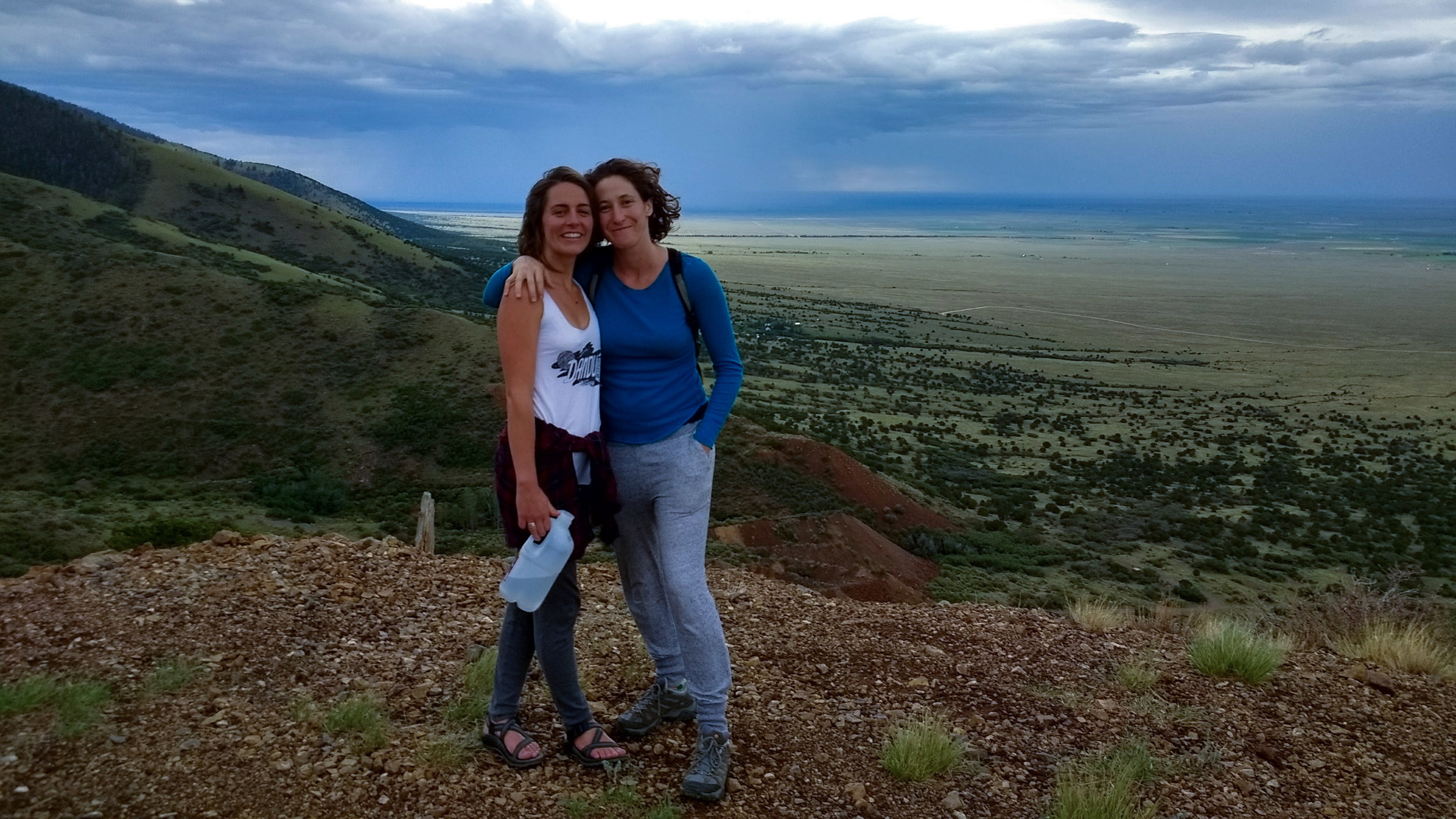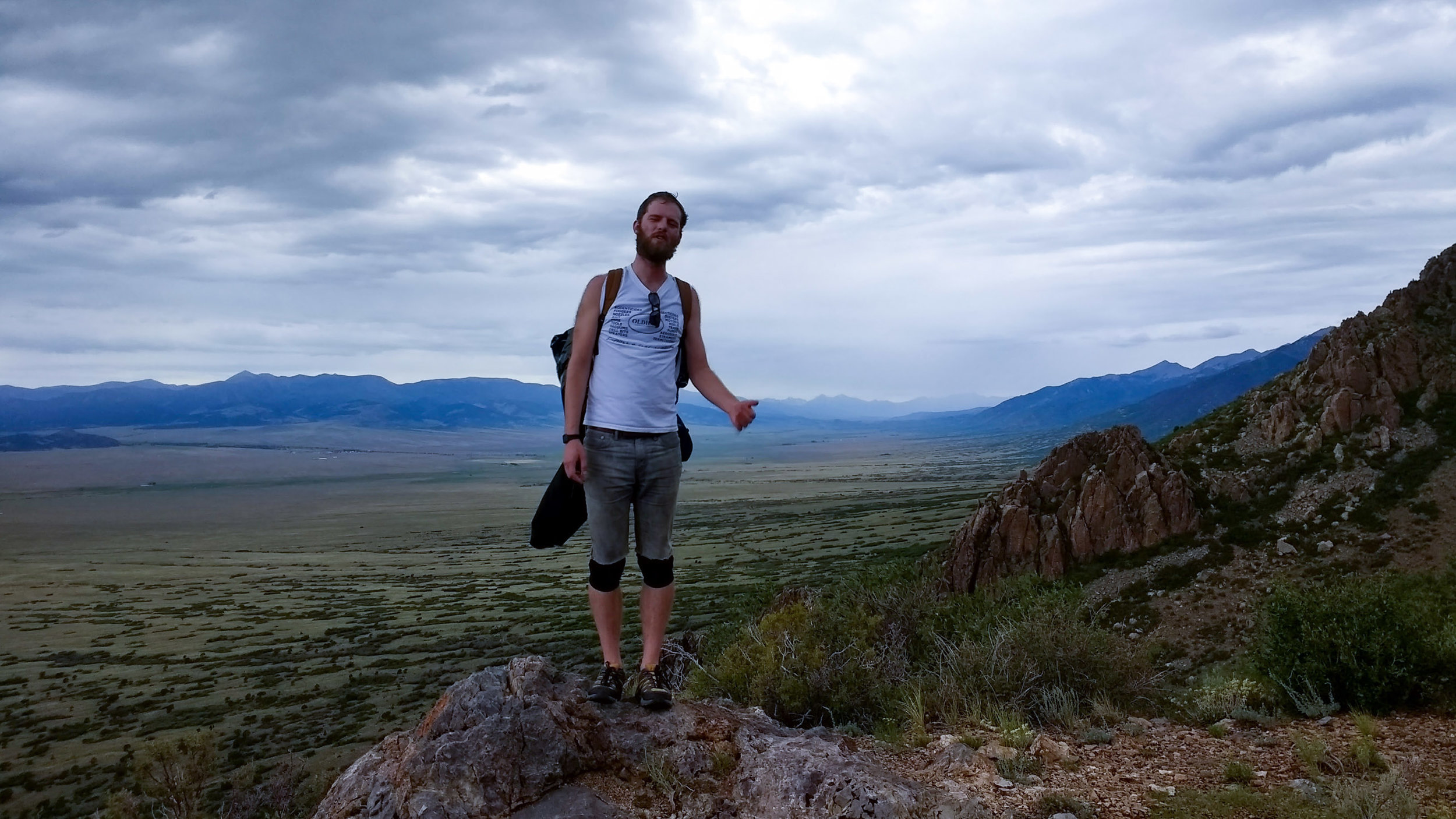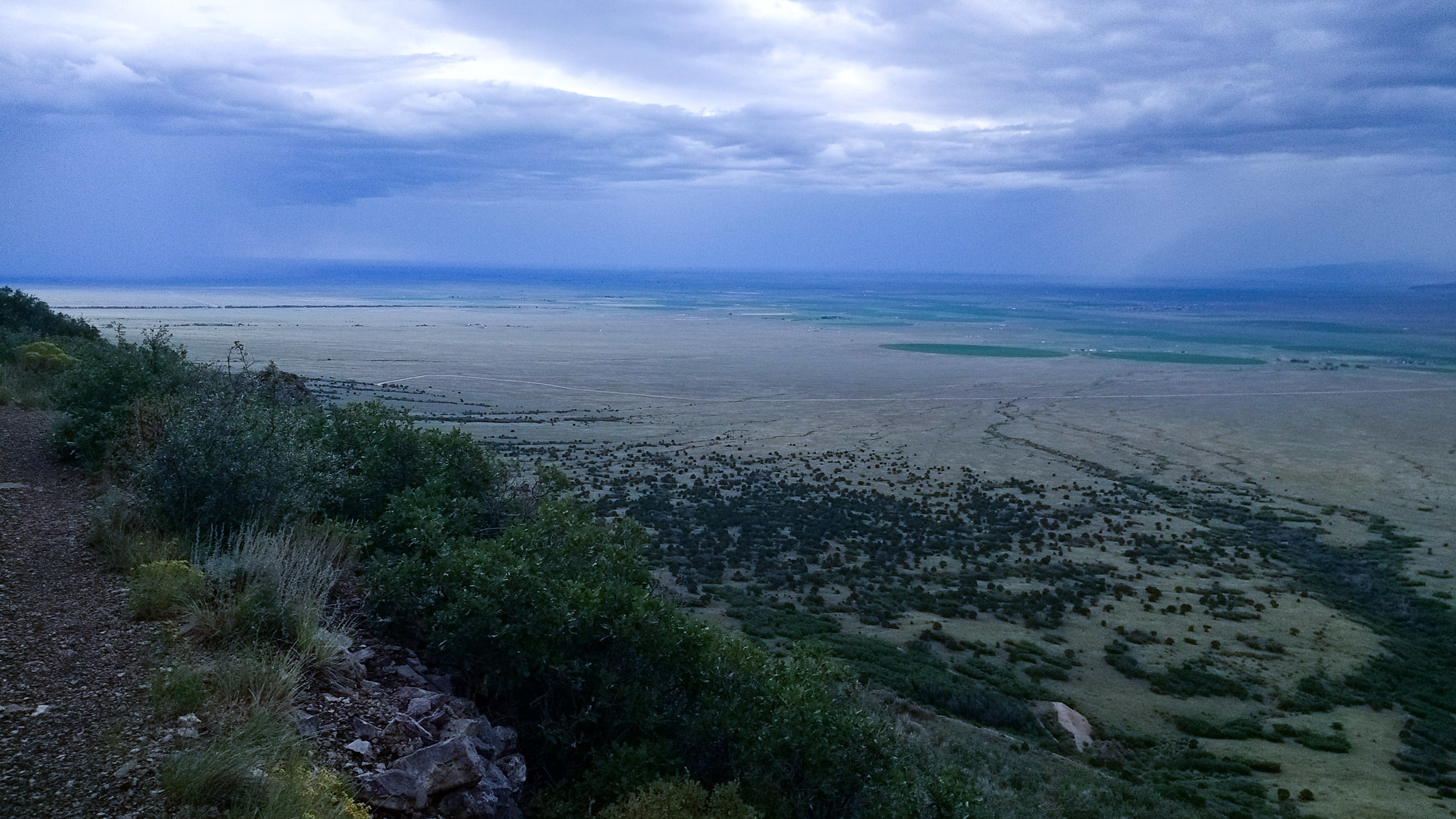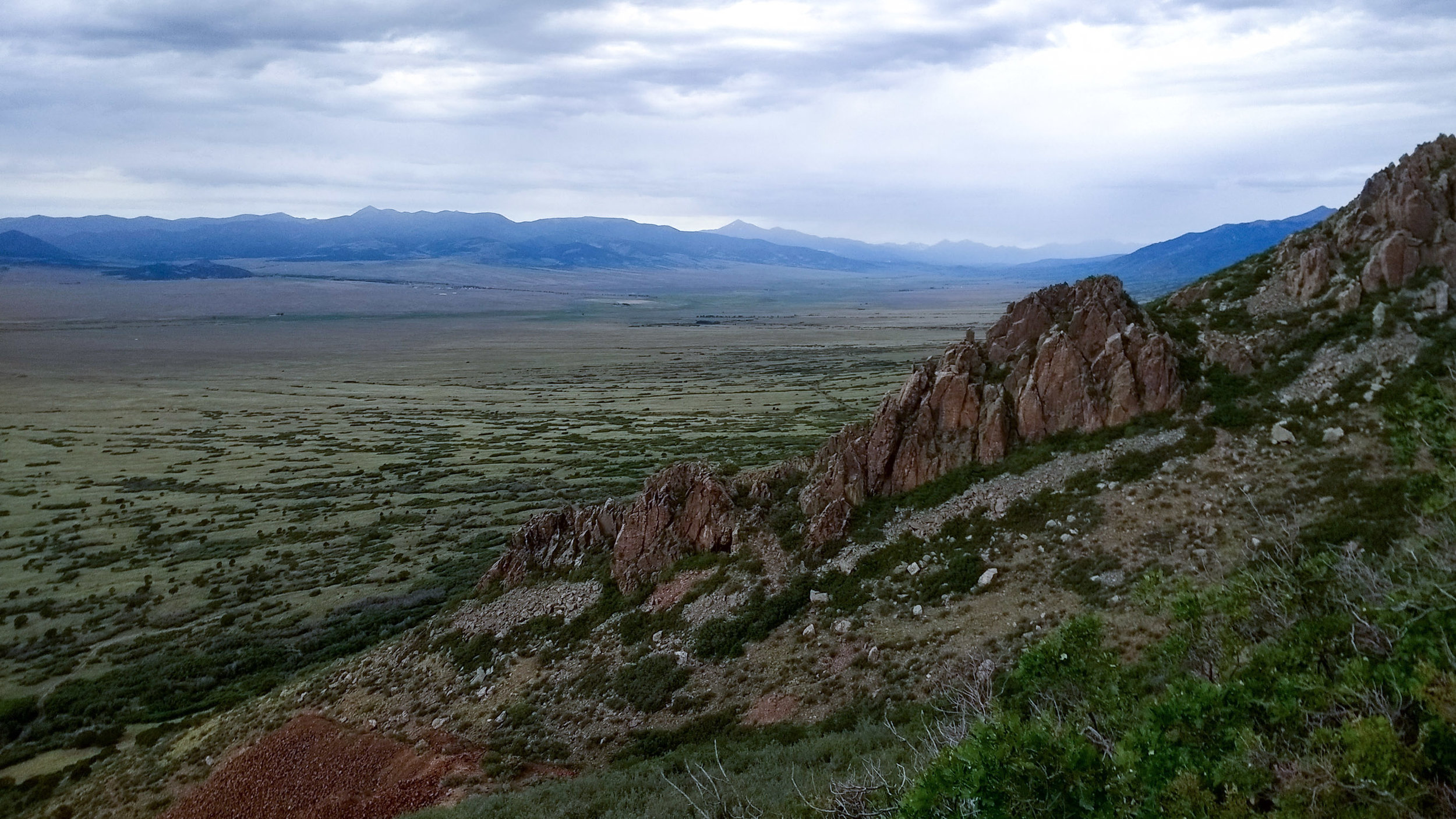HBM100: Faraway Minds
/Photo by Anna Klein, edited by Jeff Emtman.
Anna Klein thinks that tea tastes better on the Faroe Islands. She thinks the water’s more pure there, and the Northern Lights let the sky be whatever color it wants to be. She often thinks about moving there.
Content Note: Violence (momentary) and Language
But she also worries that her fantasies of running away to the remote corners of the world may be a familial urge to isolate herself, the same way her father did...a tendency that ultimately contributed to his early death.
It was a loving and hurtful relationship that led Anna to retrace her father's life. From her home in Aarhus, to his dying place of Copenhagen, to his hometown of Skagen, and then back to Aarhus again via the museum at Moesgaard.
Producer: Anna Klein
Editors: Jeff Emtman and Bethany Denton
Music: Lucky Dragons and The Black Spot
Nick White is our editor at KCRW, where there are a lot of people we don’t often get the chance to thank, but help us to make this show: including Gary Scott, Juan Bonigno, Adria Kloke, Mia Fernandez, Dustin Milam, Christopher Ho, Caitlin Shamberg, JC Swiatek, and many others.
We’ll be back in the fall with new episodes. In the meantime, follow us on Twitter, Facebook, and Instagram for updates from the off-season. Rate us on iTunes and tell a friend too.



